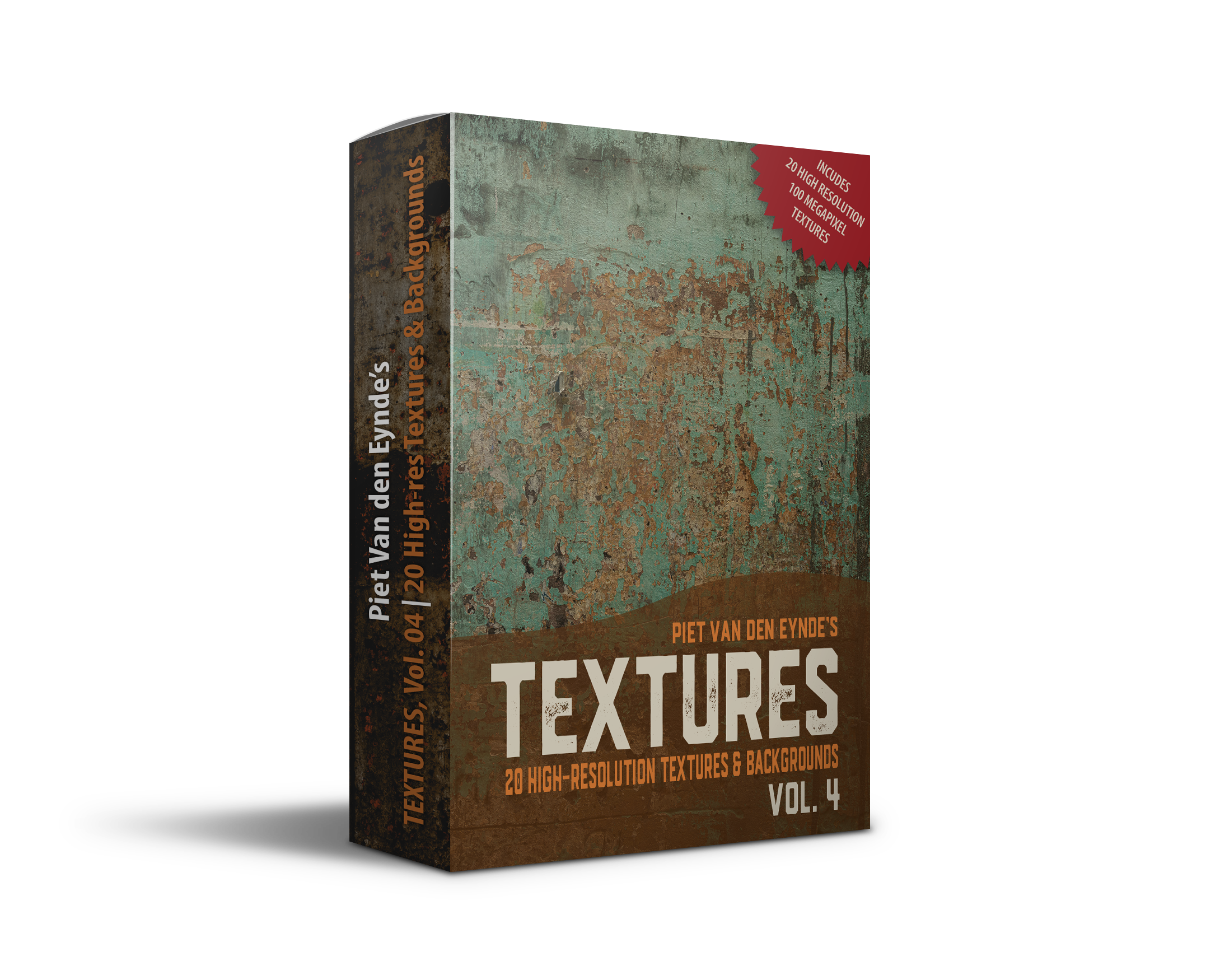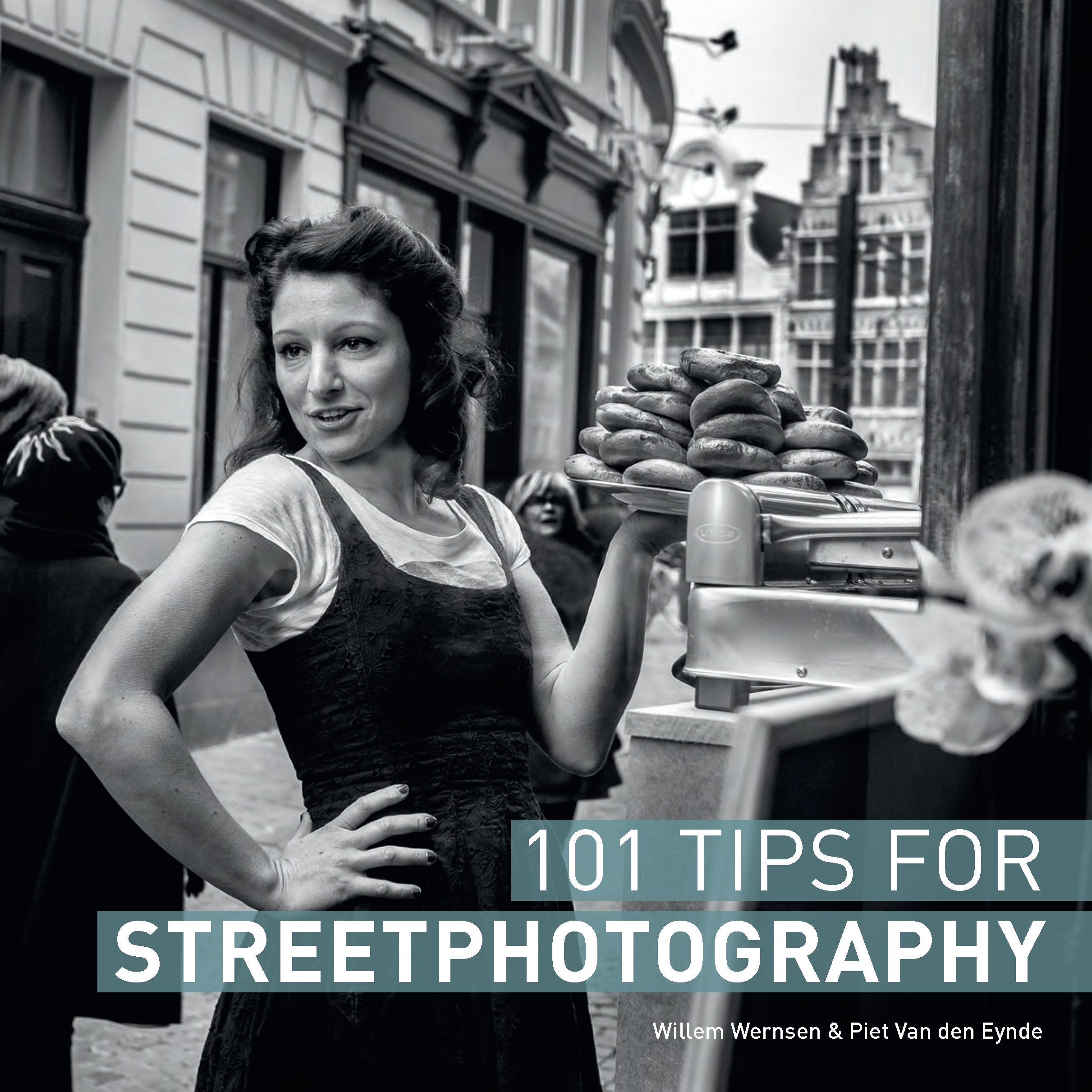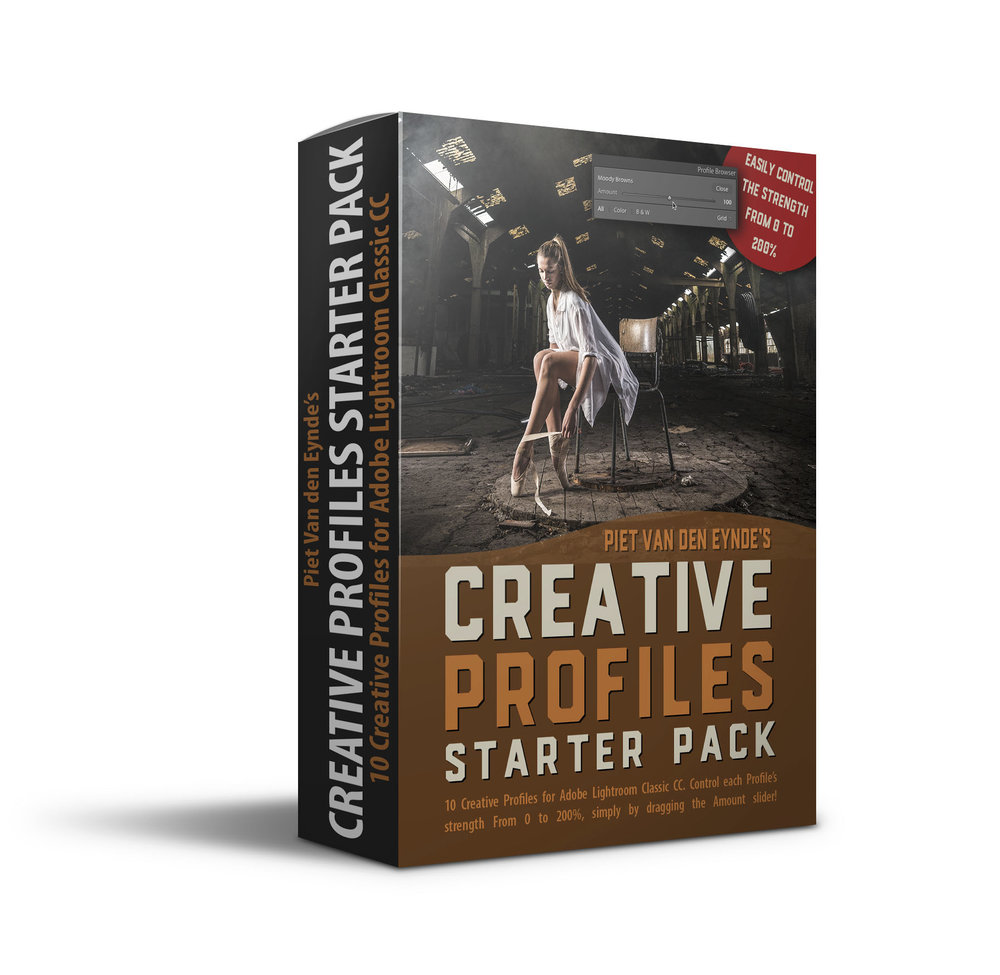In this blog post, I want to examine some of the reasons why I like Fujifilm's X100T so much, even though its fixed focal length of 23 mm (35 mm Fullframe Equivalent) is not what I normally like to shoot at. If you're on the verge of buying one, you may find this information interesting. If you already have one, I'm interested to hear in the comments what you like about it. So here's my - entirely subjective - top-10!
1. It has all manual dial controls
The X-100T's all manual controls. Image © Fujifilm
I love manual dial controls. Always have. I don't understand why at some point camera makers stopped adding aperture rings to their lenses. The X100T's got them all: an aperture ring (now also with 1/3 increments), a shutter speed dial and an exposure compensation dial. Only the ISO has to be set from the camera's Quick Menu, although you can minimise the need to change it by using the camera's auto-ISO functionality. Furthermore, you can add ISO to one of the function buttons so you can still easily set it without taking your eye from the viewfinder. Retro is hot, nowadays. But the X100T's retro style, contrary to some of the what I would call 'faux-retro' cameras out there, is actually functional retro.
2. It's my favorite 'get out the door quickly' camera
You know that feeling when you go out the door for a family stroll or a quick bike ride and you want to take a camera with you, just in case... So you grab a camera body, a lens, another lens and before you know it, you need a sherpa to carry all the extras because you cannot make your mind up what to bring. Well, with its fixed lens, the X100T makes your mind up for you. It's great for people with decision-making problems like myself!
When traveling with a toddler, generally the diaper bag is already heavy enough so you don't want to bring a loaded camera bag, too. The X100T comes to the rescue! Instead of extra lenses, you can bring extra diapers!
FUJIFILM X-100T | 1-500 sec. @ f/8,0 | ISO 200
3. It's the camera that forces me to try things differently
I must admit: 23 mm (35 mm Fullframe Equivalent) normally isn't my favourite focal length. I generally like to shoot a lot wider than that. Still, all the other advantages of the X-100T make it so that I've actually learned to appreciate the focal length. After all, if it was good enough for Cartier-Bresson, it should be good enough for me, right?
What I have found is that it forces me to be creative with my point of view. For example, on a family city trip to Lisbon, I had my X-T1 and my X100T with me. The first hardly left the bag. Instead, I used the second almost all of the time. And I'm convinced that having the fixed lens gave me some shots that I wouldn't have thought of otherwise, because using the X-T1 and my favourite 10-24, I'd never have left my favourite 'at 10 mm, I can make anything look dramatic' comfort zone.
(Images below processed with my Black & White Lightroom Preset bundle)

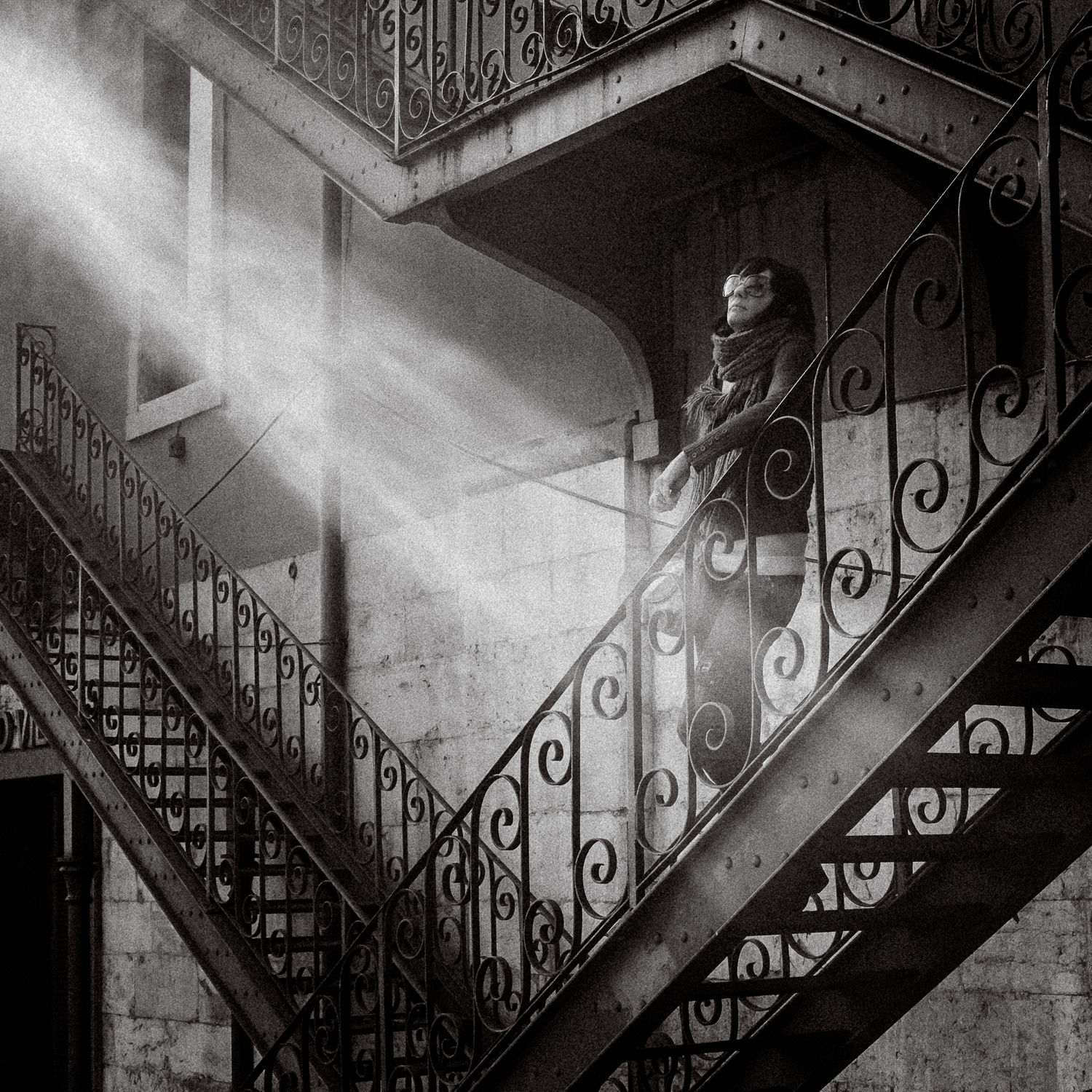
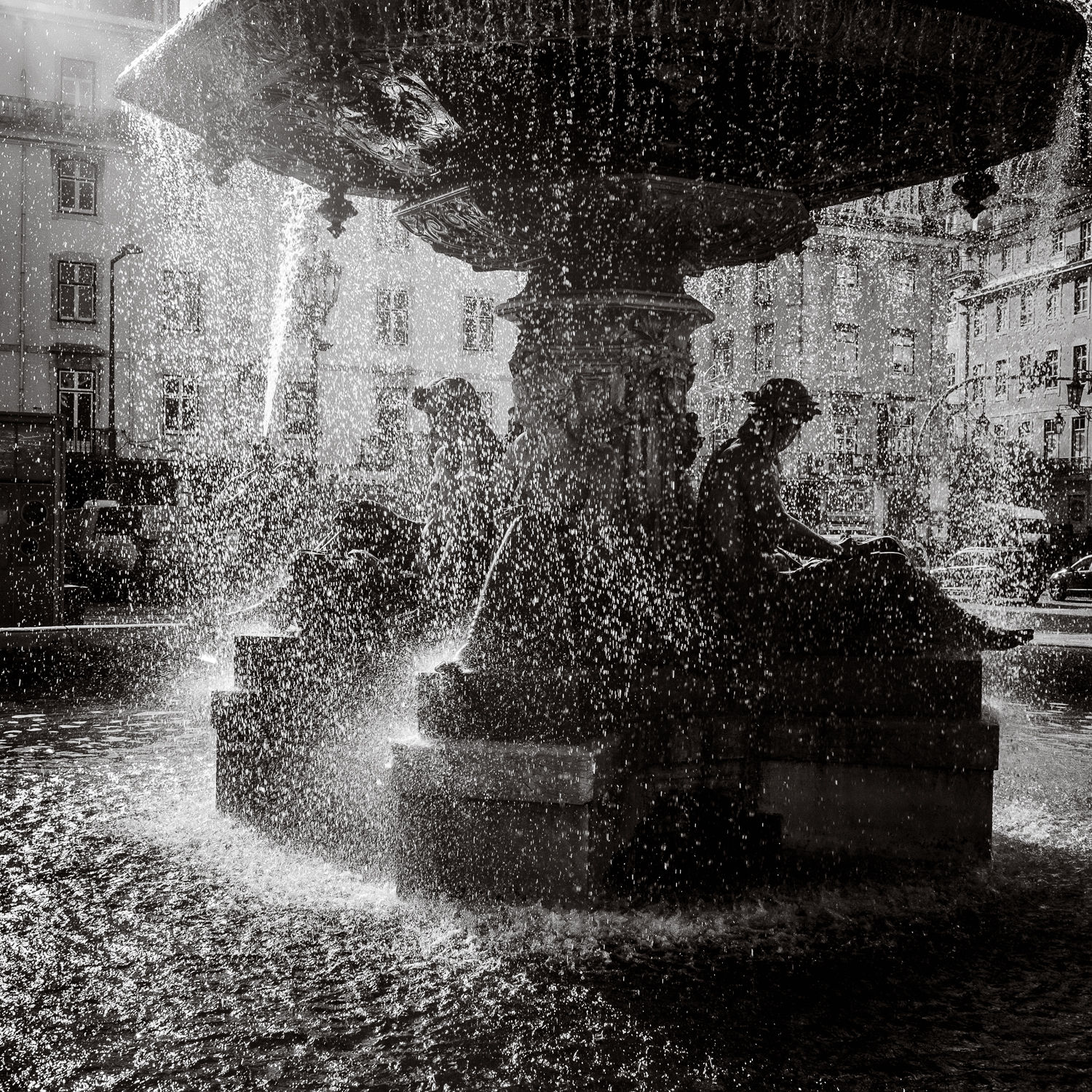
4. I can expand my options with two conversion lenses
You can add two high-quality convertors to go a little wider or a little more telephoto than the standard 23 mm (35 mm Fullframe Equivalent) focal length. Image © Fujifilm
Having just said that I have started to appreciate the 23 mm field of view, there are always occasions where going a little wider or a little more tele would be welcome. And even though you can 'always zoom with your feet', sometimes a different focal length can make for a better perspective: not every face looks great up close at 23 mm - I know mine doesn't! There are two high-quality conversion lenses out there: one turns the camera into a 28 mm Fullframe Equivalent, the other to a 50 mm Fullframe Equivalent. I especially like having this option because I use the X100T a lot in my flash photography (more on that in point #9) and instead of being limited to just one focal length, I now have three somewhat different ones.
5. The hybrid viewfinder is great for street photography
The Hybrid Viewfinder combines the best of both worlds: Electronic and Optical. You just switch between the one that meets your needs best at any given point in time. Image © Fujifilm
Although I use the EVF most of the time, it's great to have an Optical Viewfinder as well: especially for street photography. I like to use the OVF on two occasions: first, when it's so bright and contrasty outside that I have a hard time seeing the EVF (it's rare, but it happens) but more importantly, when I am staking out a location and I'm waiting for a subject to enter the frame. The framelines in the OVF don't cover the entire area. In other words, you can see people entering the viewfinder before they enter the actual frame. This makes it much easier to anticipate the 'decisive moment'.
6. It's light and compact
I still use the old X100 case but the latest edition has a latch that lets you access the battery and SD-card compartment. Image © Fujifilm
Although not a featherweight, the X100T is certainly light enough to carry around all day. Even when I add a flash, a flash trigger and an umbrella I can still manage to keep my total gear kit under 2 pounds. Back in my Fullframe DSLR days, that would have meant a camera body and a body cap - not even a lens! I generally carry it around in its leather case. Unfortunately, when you use the optional lens hood, the case doesn't close anymore. In that case, you can still use the bottom half of the case, though.
7. The joys of an Electronic Viewfinder
Whether it's the effect of a square crop or a special film simulation, the Electronic Viewfinder shows you what you're going to get, not what you think you're going to get...
When you first switch to mirrorless, one of the harder things to adjust to is no longer having an optical viewfinder. Well, in the case of the X100T, you actually still have one but as mentioned earlier, I only use it on specific occasions.
For the rest of the time, I happily use the EVF (Electronic ViewFinder) and I have grown so used to it that I actually miss having one on those rare instances when I still pick up a DSLR. I'll do a separate blog post on the advantages of an EVF, but suffice to say for now that I like the fact that the EVF shows me the image that I will wind up with rather than the image I think I will wind up with.
I also love the instant feedback and the fact that I no longer have to chimp. Instead, I see the image I just created in my EVF, free from the glare of the sun. Finally, I love the fact that I can set up different aspect ratios or film simulations (I love Classic Chrome and Black + White) and that I can preview exactly how a specific aspect ratio or film look would work. In other words, having an EVF helps me with my composition. And as I shoot RAW + JPG, I still record the full colour sensor data anyway!
8. It has built-in WIFI
The X100T has built-in WIFI, which is great for three things: first of all, you can send images to your phone to process them or put them online. Secondly, you can print directly from the X100T to Fujifilm's Instax Share Printer. I always have that little printer with me: it's great to give people a thank-you picture and it's even better for opening up photo opportunities. Thirdly, I can control the camera from the Fujifilm Remote App on phone which makes it easier for shooting in situations where you would not dare to raise this camera, let alone a big bulky DSLR to your eye. I just let the camera hang from my neck and control it from my phone. Bystanders probably think I'm just texting someone!
9. It gives me up to 1/2.000th second flash sync speed
Because the X100T uses a leaf shutter, I can sync flashes up to 1/2.000th of a second. This means that, if I choose my settings wisely, I can do the same with one speedlight (for example the Godox Ving V850 I reviewed here) as with eight speedlights on a regular DSLR (or an X-T1 for that matter). So, imagine what I can do with an actual 600 Ws portable, battery powered big flash like the Jinbei HD 600 that I reviewed here. Getting more juice out of any flash is one advantage of that fast sync speed, but another consequence can be even more important: at that shutter speed, I can actually freeze motion when I mix ambient light with flash! This feature is so important that I'll dedicate a separate blog post to it...
Shot in the freezing cold. Last frame before the battery died.
FUJIFILM X-100T | 1/500 sec. @ f/8 | ISO 200
10. It just looks great. Period.
I know, it shouldn't matter, but it does. This camera just looks great. My mother, who otherwise isn't interested at all in photography saw me with it one day and actually enquired about it. She hasn't done that with any of the other cameras I've ever brought with me. The camera's look is even functional, in a way, because I firmly believe it changes your interaction with whoever's in front of the camera and as a result, it changes your pictures too, for the better. One of my workshop attendants recently called it 'a friendly camera'. That's exactly what it is. A friendly friend.
I could go on for another 10 points (the excellent image quality, the fast 2.0 lens, the programmable function buttons, the Quick Menu, the built-in ND filter) but I think you get my thrift. So what about you? Do you have an X-100T? What do you like about it? Thinking of getting one but still in doubt? I hope I have made a couple of points to help you decide!
If you want to know more about the X100T (or the X100S), check out Fuji expert Peter Fauland's new eBook on the subject: Mastering the Fujifilm X100T and X100S.
If you're interested in putting your X100 through its paces in one of the most photogenic places on earth, join Fujifilm X-photographer Matt Bandon and me on the North India Photo Tour (Feb. 14 to 24, 2016). You can learn more about this fantastic photo workshop here.




